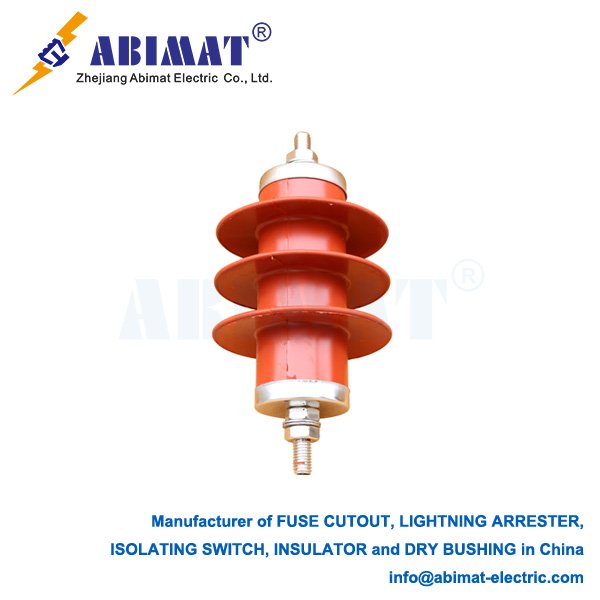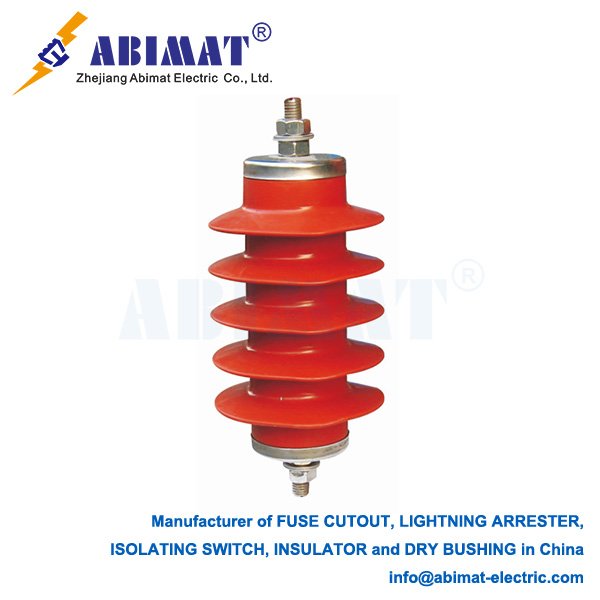Understanding 11kV Surge Arresters: Protecting Electrical Systems
In today’s power system landscape, high-voltage equipment must be safeguarded from transient overvoltages caused by atmospheric lightning, switching operations, and other electrical disturbances. One of the critical components that enable this protection is the 11kV surge arrester. This article explores the significance, functioning, installation, and maintenance of 11kV surge arresters in electrical systems.

What is an 11kV Surge Arrester?
An 11kV surge arrester is a protective device employed in electrical systems operating at a nominal voltage of 11 kilovolts (kV). Its primary function is to prevent overvoltages from damaging sensitive equipment and ensure the reliability of electrical installations. These devices are designed to divert surge currents, thus protecting transformers, switches, and other vital components from the destructive effects of high-voltage transients.
Surge arresters can be classified into several types, including metal oxide varistors (MOVs), silicon carbide (SiC) devices, and gap-type arresters. Among these, MOVs are the most commonly used due to their superior performance and reliability in protecting against voltage spikes.
Importance of Surge Arresters
The significance of 11kV surge arresters cannot be overstated. Transient overvoltages can arise from various sources, including:
Ⅰ Lightning strikes: Direct strikes or nearby strikes can induce high-voltage surges.
Ⅱ Switching operations: Opening and closing of circuit breakers and other switching devices can generate transient voltages.
Ⅲ Fault conditions: Electrical faults in the system can lead to temporary overvoltages.
These surges can result in equipment failure, shortened lifespan, and service interruptions. By employing surge arresters, electrical systems can mitigate these risks, ensuring operational continuity and minimizing financial losses associated with equipment damage.
Working Principle of 11kV Surge Arresters
The basic operation of an 11kV surge arrester involves its ability to remain in a non-conducting state during normal operating voltage. However, when a transient overvoltage occurs, the arrester rapidly changes state to become conductive, allowing the excess voltage to be directed to ground.
The key parts of a typical surge arrester include:
– Non-linear resistor: This component rapidly changes its resistance in response to voltage fluctuations, offering low resistance during surges and high resistance during normal operations.
– Support structure: Generally made of ceramic or polymer, it physically supports the arrester and provides electrical insulation.
– Grounding system: Proper grounding is crucial for safely discharging the surge currents away from sensitive equipment.
Installation Considerations
When installing 11kV surge arresters, several factors must be considered:
Ⅰ Location: Surge arresters should be strategically placed near the equipment they protect, such as transformers and switchgear, to minimize the distances over which transient voltages must travel.
Ⅱ Environmental conditions: Surge arresters must be chosen based on environmental factors like temperature, humidity, and potential exposure to corrosive substances. Outdoor arresters should be weather-resistant to prevent degradation.
Ⅲ System configuration: The electrical layout and load characteristics influence the selection of the appropriate type and ratings of surge arresters.
Proper installation should adhere to industry standards, ensuring that all connections are secure and that the device is adequately grounded.

Maintenance and Testing
Regular maintenance and testing of 11kV surge arresters are crucial for ensuring their reliable performance. Key maintenance practices include:
Ⅰ Visual inspections: Conduct routine visual checks for signs of physical damage, such as cracks or corrosion on the housing.
Ⅱ Electrical testing: Periodic testing of the voltage/current characteristics to confirm that the operational parameters of the surge arrester are within acceptable limits.
Ⅲ Grounding checks: Regularly verify that all grounding connections are intact, as ineffective grounding can lead to inadequate protection
Conclusion:
In conclusion, 11kV surge arresters play a pivotal role in safeguarding electrical systems from transient overvoltages. Their ability to protect critical equipment from potentially damaging voltage spikes is essential for ensuring the reliability and longevity of power systems. By understanding their importance, working principles, proper installation techniques, and maintenance practices, operators can enhance the resilience of their electrical infrastructure, leading to improved service reliability and reduced operational costs. As energy demands continue to grow, the importance of robust protective measures, including the incorporation of high-performance surge arresters from trusted partners like ABIMAT, becomes increasingly significant in the electrical industry.

